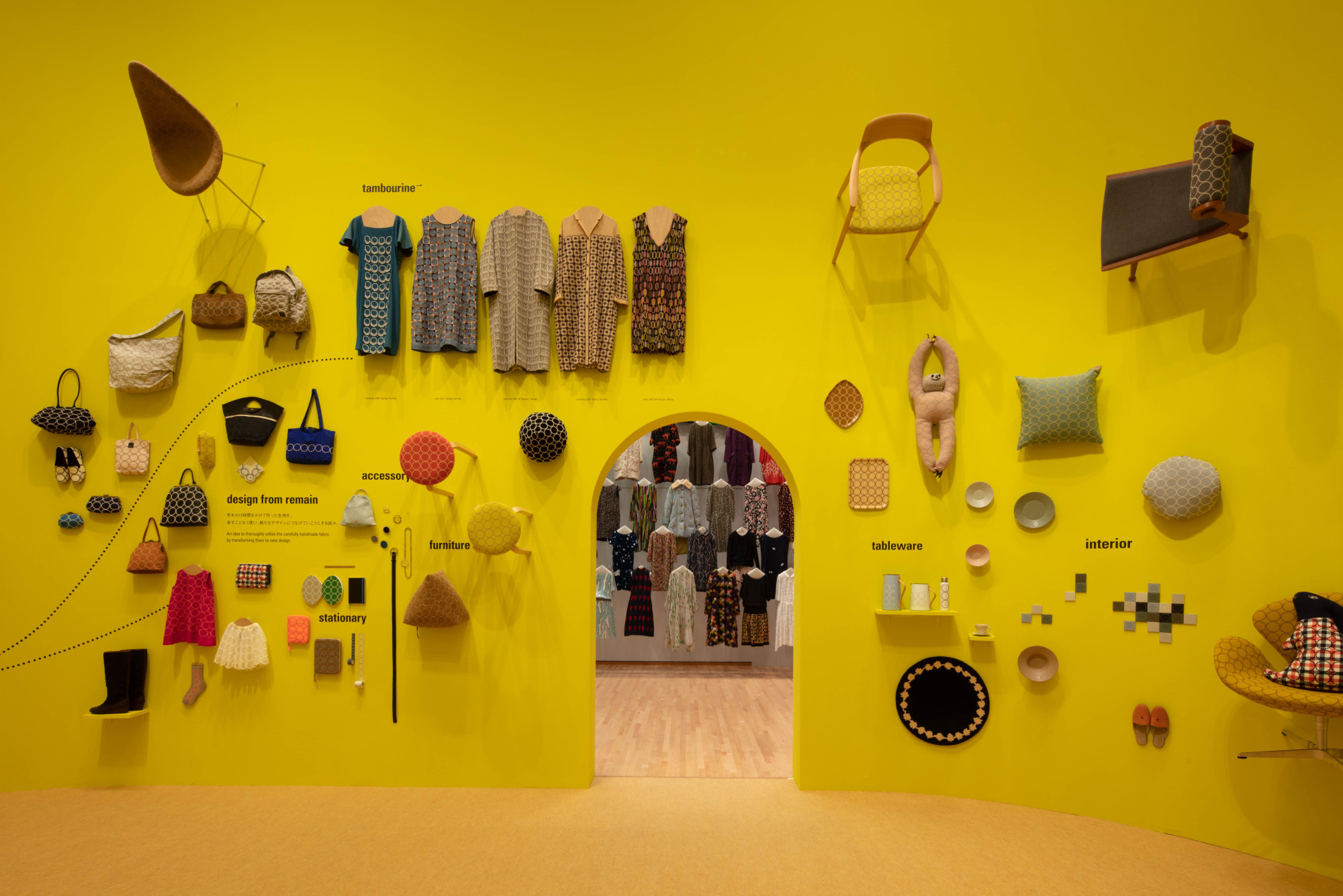In a darkened room of "Mina Perhonen / Minagawa Akira: Tsuzuku" at the Museum of Contemporary Art Tokyo, there are 15 pieces of clothing treated with the reverence of masterpieces. Protected by transparent cases and softly lit, they are presented as if they were the most valuable works of the fashion brand's retrospective exhibition.
But these are not glamorous pieces, or even antiques — they are all everyday garments, owned, worn and visibly well-loved by unknown members of the public.
Originally founded in 1995 as Mina, meaning "me" or "I" in Finnish, and adding Perhonen ("butterfly") in 2003, Mina Perhonen may be a fashion brand, but it isn't about fleeting trends. It's about our relationship with clothing and other everyday items, and their enduring ability to evoke nostalgia and engender emotions.



